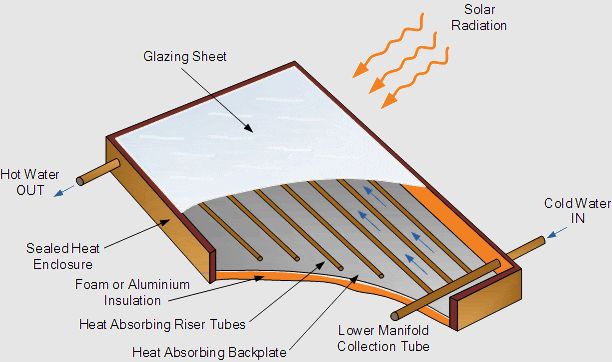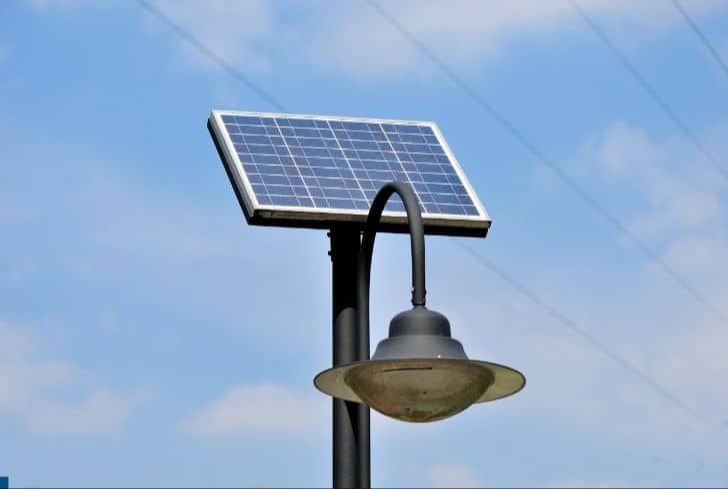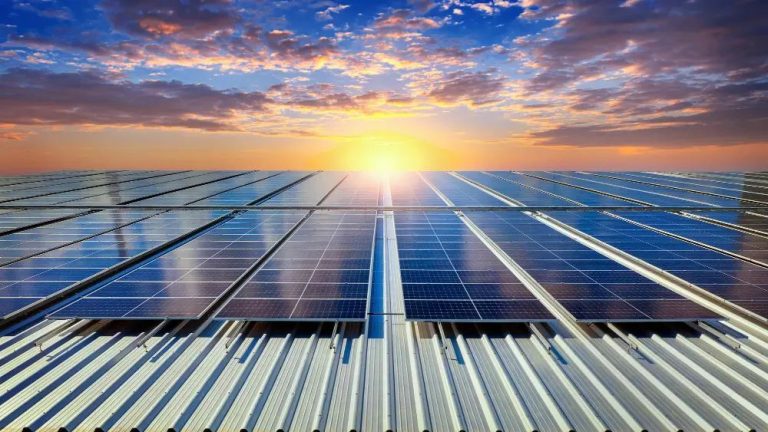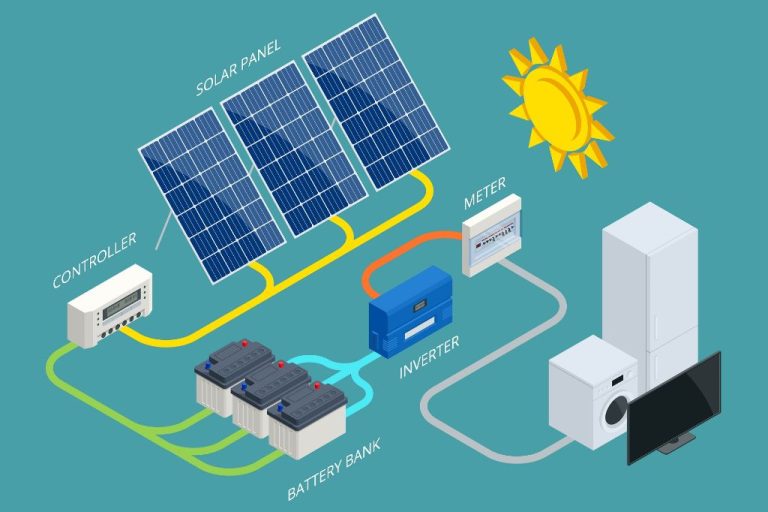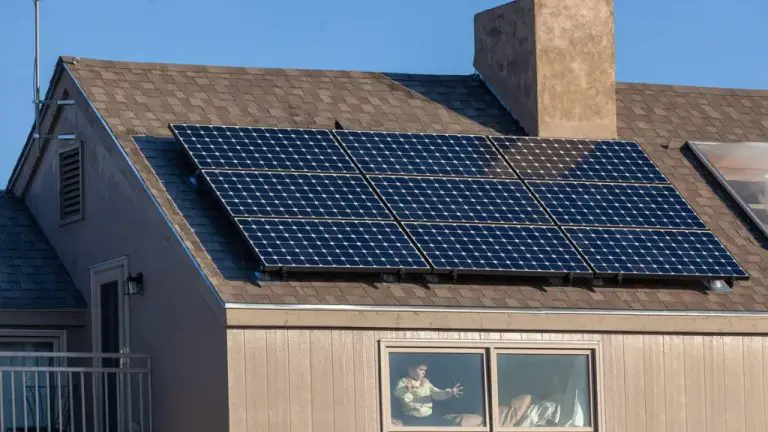How Many Kwh Should My Solar Produce Per Day?
Solar power harnesses the sun’s energy and converts it into electricity through the use of photovoltaic (PV) panels or solar cells. PV cells are made of semiconducting materials that can convert sunlight into electricity through a process called the photovoltaic effect. This generates direct current (DC) electricity which is then converted into alternating current (AC) using an inverter for household use.
A kilowatt-hour (kWh) is a unit of electrical energy equal to the amount of power consumed over 1 hour at a rate of 1,000 watts. It’s a simple way to quantify how much electricity is being used or produced. The number of kWh your solar panels produce per day depends on several key factors that we’ll explore in this article.
The amount of solar energy that can be harvested and converted to electricity on any given day is determined by the size of the PV system, the efficiency of the solar panels, orientation and tilt, sunlight exposure and shading, local weather conditions, and time of year. We’ll look at how each of these factors impact daily productivity.
Average Home Electricity Usage
The average home in the United States uses about 30 kWh of electricity per day. However, usage can vary significantly based on the size of the home, number of residents, appliances, climate and region. Here’s a breakdown of average electricity usage per day by household size:
1-2 person household: 18-24 kWh per day
3-4 person household: 24-32 kWh per day
5+ person household: 32-40 kWh per day
Electricity usage also tends to be higher in warmer climates that use more air conditioning in the summer, and in colder climates that use more heating in the winter. The highest average electricity usage is found in the South and parts of the Midwest.
Solar Panel Efficiency
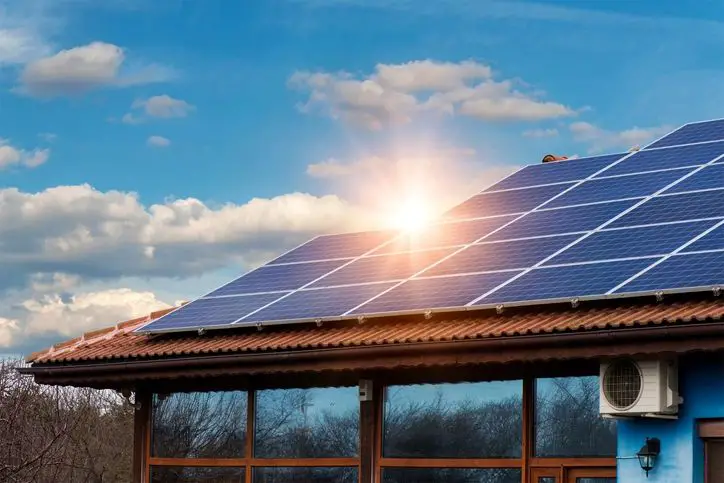
The efficiency of solar panels determines how much of the sun’s energy striking the panel is converted into usable electricity. It is measured as a percentage, with higher efficiency panels able to convert more sunlight into power.
Mainstream solar panels on the market today have average efficiencies ranging from 15% to 22%. Premium panels may reach up to 25% efficiency. The technology used in the solar cell, such as monocrystalline silicon, polycrystalline silicon, or thin film, determines the efficiency range.
Higher efficiency solar panels will produce more kilowatt-hours (kWh) of electricity under the same conditions as lower efficiency panels. So panel efficiency is an important consideration when determining expected solar production.
System Size
The size of your solar panel system, measured in kilowatts (kW), directly correlates to how much energy it can produce per day. The more solar panels you have, the larger your system size will be. Here are some examples of daily production based on system size:
- 2 kW system: 8-10 kWh per day
- 4 kW system: 16-20 kWh per day
- 6 kW system: 24-30 kWh per day
- 8 kW system: 32-40 kWh per day
As you can see, doubling your system size roughly doubles the amount of energy produced. So when determining what size solar system to install, think about your household’s daily energy usage and choose a system size that matches or exceeds that, while staying within your budget.
Orientation and Tilt
The orientation and tilt of your solar panels will significantly impact energy production. Orientation refers to the direction your solar panels face, while tilt is the angle at which they are positioned.
For maximum production, solar panels should face true south if you are in the northern hemisphere, or true north if you are in the southern hemisphere. Having your panels perfectly oriented toward the sun’s path maximizes their exposure to direct sunlight.
Tilt angles can also optimize energy harvest. The ideal tilt angle equals your latitude, angling the panels to capture the most sunlight across seasons. However, tilting panels at 10-15° less than your latitude can boost summer performance when energy demands are higher.
Adjustable mountings let you optimize tilt seasonally. Tracking mounts that move panels to follow the sun’s daily path can further maximize production but cost more. Always aim for proper orientation first, then optimize tilt.
Shading
Shading can have a significant impact on solar panel production. Even a small amount of shading can drastically reduce the energy output of a solar panel system.
Photovoltaic solar panels work by converting sunlight directly into electricity. Without direct exposure to sunlight, they cannot effectively generate energy. Shading just one solar cell in a panel can affect the entire circuit and hamper performance.
Partial shading from trees, dormers, chimneys, or poles can reduce solar output by as much as 80%. Even thin branches or telephone wires that cast moving shadows over panels will cut energy production. According to industry experts, just 7% shading loss equates to a 12% drop in annual solar production.
To maximize solar panel productivity, it’s important to account for shading obstructions before installation and throughout the year as the sun’s path changes. Keeping panels completely shade-free, especially during peak daylight hours, ensures optimal solar system performance.
Local Weather and Sunlight
The amount of sunlight your location receives has a big impact on how much energy your solar panels will produce. Areas that get more consistent sunshine and fewer cloudy days will generate more solar electricity. Phoenix, Arizona averages 85% peak sun hours per day, resulting in excellent solar production year-round. Compare that to Seattle, Washington which averages 58% peak sun hours per day due to more rainfall and overcast skies, reducing solar output.
Cooler climates also see solar production fluctuate more through the seasons. The sunny southwest U.S. will produce relatively steady solar year-round, while northeast states like Maine can see solar output drop 60% or more during winter months when there is less sunlight. Using solar panels with good low-light efficiency can help maximize production in suboptimal climates.
Tracking overall sunlight patterns in your area will give you an idea of how location impacts system production. Seeking out solar installation sites with minimal shading, and using high efficiency panels can help overcome less-than-ideal weather conditions. But in general, sunnier locations will generate more total solar kWh per day than cloudier, rainier places.
Time of Year
Solar production can vary significantly by season due to changes in the number of daylight hours and the angle of the sun. In the northern hemisphere, solar panels produce the most electricity in the spring and summer months when the days are longer and the sun is more directly overhead. Production is typically highest in June and steadily declines through fall and winter.
Here are some typical solar production statistics by season:
- Spring (March-May): Average daily production of 4-6 kWh per kW of solar installed
- Summer (June-August): Average daily production of 5-7 kWh per kW
- Fall (September-November): Average daily production of 3-5 kWh per kW
- Winter (December-February): Average daily production of 1-3 kWh per kW
Keep in mind these are general estimates and your specific location, local weather patterns, and system setup will impact your seasonal production numbers.
Recommended Production Targets
When setting targets for your solar energy system’s production, it’s important to consider factors like your home’s size and energy needs, as well as your location and climate.
As a general guideline, here are some recommended production targets per day based on home size:
- Small home (less than 1500 sq ft) – aim for 15-25 kWh per day
- Average home (1500-3000 sq ft) – aim for 20-35 kWh per day
- Large home (over 3000 sq ft) – aim for 30-45 kWh per day
However, adjust these ranges depending on your climate. Sunnier locations can produce at the higher end of these ranges, while cloudier climates may be at the lower end.
It’s also important to consider your net metering policy. In some areas, higher production allows you to export more power back to the grid for bill credits. Research your local net metering rules when setting production targets.
Discuss your power needs and these guidelines with solar professionals to determine the right system size and production goals for your home.
Conclusion
To recap – the amount of electricity a home solar system produces in a day depends on many factors. The most important ones are the size of your system, solar panel efficiency, proper orientation and tilt, minimal shading, and local weather and sunlight levels. Based on average home electricity usage and panel outputs, most homeowners should target around 30-50 kWh of solar production per day. This will provide a good portion of their electricity needs directly from solar.
To maximize your daily production, follow these tips:
– Install an optimized system size based on your electricity usage. More panels will produce more but also cost more.
– Choose high-efficiency solar panels with quality components. Look for at least 19-21% efficiency ratings.
– Position your panels facing south if possible, with a tilt of 15-40 degrees based on latitude.
– Avoid shading from trees, chimneys, etc which can significantly reduce output.
– Clean panels routinely to prevent dirt/dust buildup.
– Check your system’s performance metrics regularly to ensure it’s operating as expected.
With a properly designed and maintained system, you can expect 30-50 kWh of solar production per day, offsetting a sizable portion of your home’s electricity usage with clean, renewable energy.

